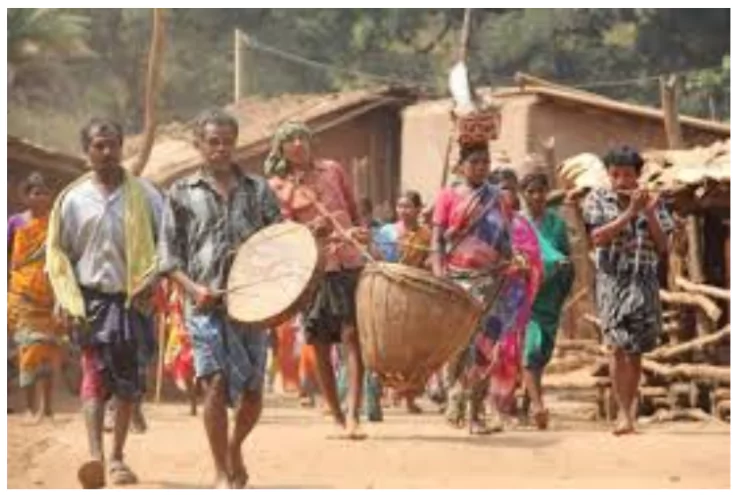![]() 17 Aug 2024
17 Aug 2024
This article sheds light on the Kondh Tribal Life, Culture, and Agriculture.
 Cultural Division: Divided into hill-dwelling and plain-dwelling groups but identify by clans.
Cultural Division: Divided into hill-dwelling and plain-dwelling groups but identify by clans.
Paddy Cultivation in the Hills
|
|---|
<div class="new-fform">
</div>